
Ohio was admitted as the seventeenth U.S. state in 1803. The oldest house in the Buckeye State predates Ohio’s statehood by 13 years. Here’s a look at the story behind this historic Ohio home.
The Rufus Putnam House
The Rufus Putnam House in Marietta is the oldest house in Ohio. Construction on the residence began in 1788 and was completed in 1790. Today, the house is enclosed inside the Campus Martius Museum in Marietta. The museum stands on the site of the Campus Martius fortification, the first settlement built by the Ohio Company of Associates (or simply the Ohio Company) in the late eighteenth century.
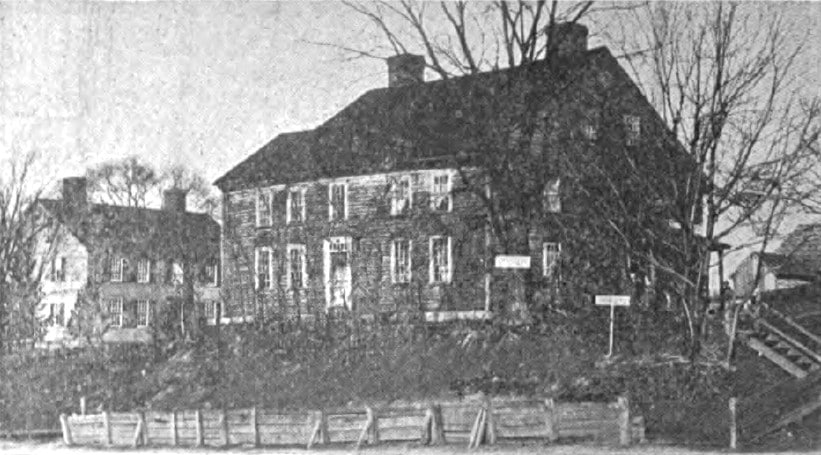
This small, grainy picture shows the Rufus Putnam House in 1903 before the state of Ohio purchased it as a historic site.
©Thomas Summers / Public domain – License
Where is the Oldest House in Ohio Located on a Map?
The Rufus Putnam House is no longer standing on its own. It was purchased as a historic site and in 1931 the house was enclosed within the Campus Martius Museum. The Rufus Putnam House, and the Campus Martius Museum, are located at 601 2nd Street, at the corner of 2nd and Washington Street, in Marietta, Ohio. It is a few blocks from the Muskingum River.
Rufus Putnam
General Rufus Putnam was a Revolutionary War veteran and co-founder of the Ohio Company. The company was the first non-Native American group to establish settlements west of the Allegheny Mountains. The group founded Marietta as the first permanent U.S. settlement north and west of the Ohio River, although the settlement’s original name was Adelphia. It was later changed to Marietta in honor of France’s Queen Marie Antoinette. This was done to recognize the aid that the French had provided to the United States during the American Revolution. Today, Marietta is home to over 13,000 residents and is the oldest city in Ohio.
Under Putnam’s leadership, this first settlement in the newly organized Northwest Territory was fortified to protect against invasion and attack by Native American tribes during the Northwest Indian War. Construction of Campus Martius began in 1788 and was completed in 1791. The fortification was named after the Fields of Mars, a training ground for the troops of ancient Rome. Though the settlement was founded by the civilian-run Ohio Company, it was initially managed by the U.S. military.

Putnam was honored on a United States postage stamp in 1937.
©Bureau of Engraving and Printing / Public domain – License
Dismantling the Fortress
Following General ‘Mad’ Anthony Wayne’s victory in the Battle of Fallen Timbers near modern-day Toledo, the defeated native tribes were forced to cede their territories, including much of Ohio, to the United States in the Treaty of Greenville in 1795.
After the cessation of hostilities, there was no further need to fortify Marietta. It also marked the end of the U.S. military’s oversight of the settlement. All the fortification buildings were dismantled except for the Rufus Putnam House. Materials from these demolished buildings were used to build other homes in Marietta. Putnam also used some of the lumber from these fortification structures to expand his own residence. The addition of two bedrooms and a kitchen wing expanded the house from four to eight rooms.
The Rufus Putnam House was the site of the first town meeting held west of the Ohio River. Putnam oversaw the Northwest Territory, using his home as his headquarters, until General Arthur St. Clair was named the territory’s first governor. Putnam would become the first Surveyor General of the Northwest Territory. He became known as both the “Father of Ohio” and the “Father of the Northwest Territory.”
Putnam and his second wife, Persis Rice, lived in their Marietta home for the rest of their lives. (Putnam’s first wife and their infant son died soon after childbirth.) Rice died in 1820 and was buried in Mound Cemetery in Marietta. Putnam died in 1824 and was also buried in Mound Cemetery.
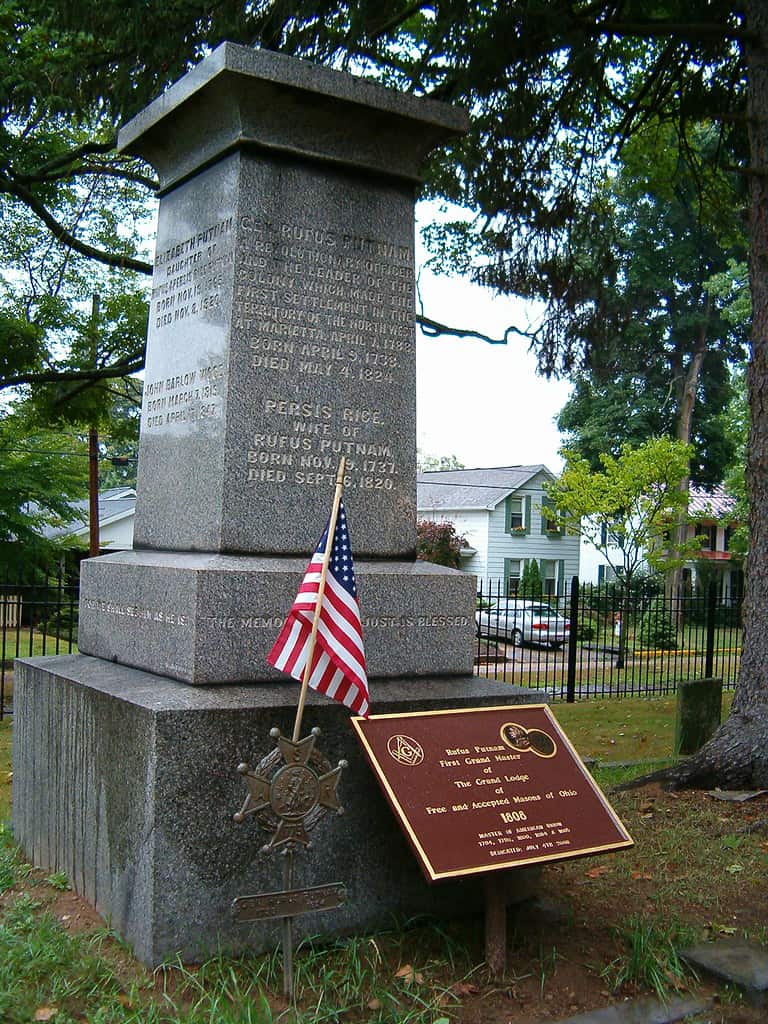
Rufus Putnam and Persis Rice were both laid to rest in Marietta.
©ColWilliam at Wikipedia / Public domain – License
The House’s History
The Rufus Putnam House was built in a similar style to the frame houses of the seventeenth-century Puritan communities in Massachusetts. While most frontier houses were small and lacked all but the most basic necessities, Putnam’s home was comparatively large and featured additional comforts and amenities.
The Putnam family welcomed dignitaries into their home, including Louis Philippe I, who would later become the king of France, and Harman Blennerhassett of Blennerhassett Island.
After Putnam died, the house was left to his surviving sons, William Rufus Putnam and Edwin Putnam. The sons sold the house to Judge Arius Nye in 1831 for $600. Nye removed the kitchen wing that had been added to the home. His daughter, Minerva Tupper Nye, inherited the home after his death in 1865. Minerva leased the house to the Daughters of the American Revolution in the early 1900s.
Campus Martius Museum
The state of Ohio later purchased the former Campus Martius fortification land as a historic site. The Campus Martius Museum was built in 1928. The Rufus Putnam House, which remains on its original foundation, is enclosed in the south wing of the museum. The house is listed in the National Register of Historic Places. It is also a contributing property of the Marietta Historic District.
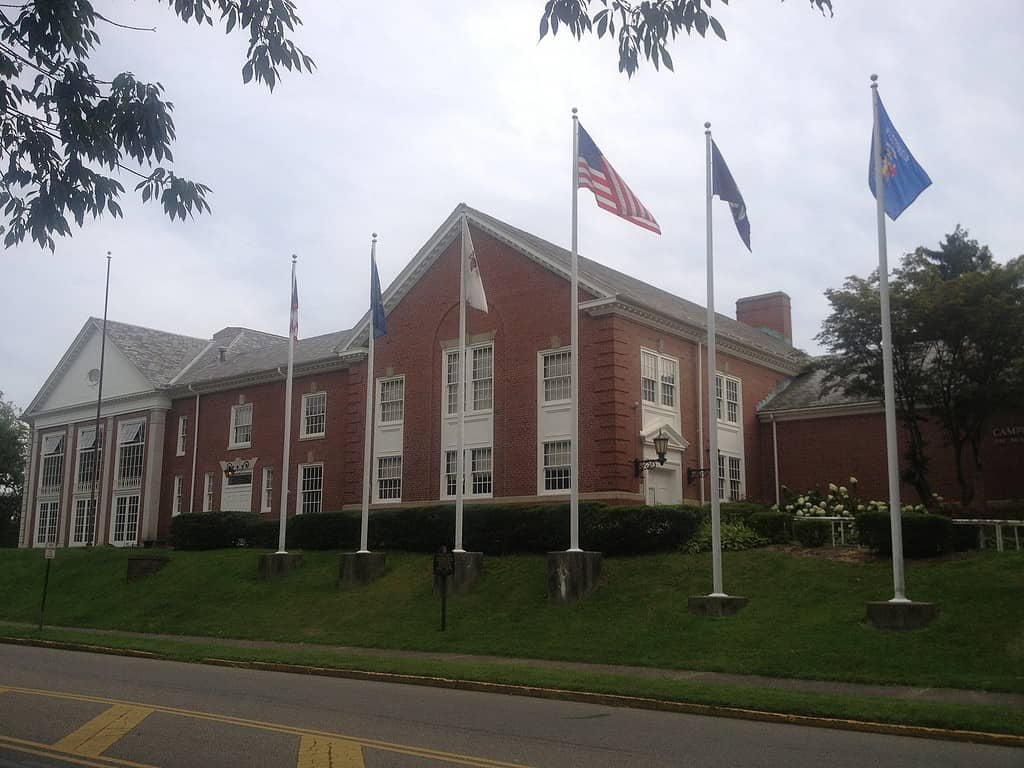
The Rufus Putnam House is enclosed in the Campus Martius Museum in Marietta.
©Snoopywv / CC BY-SA 4.0 – License
Today, museum visitors can tour the oldest house in Ohio. This video with Glenna Hoff, the Education and Program Director at the museum, provides a glimpse of what visitors can see in the kitchen of the Putnam House.
A larger look at the museum can be seen in the additional video below:
Along with the Rufus Putnam House, the museum also focuses on the native Adena and Hopewell peoples, the lives of early frontier settlers, and the establishment and growth of Marietta and the Northwest Territory.
The Other Rufus Putnam House
The Rufus Putnam House in Marietta is not the only home of Putnam to be listed in the National Register of Historic Places. The General Rufus Putnam House in Rutland, Massachusetts, is also listed in the register. Putnam purchased this house from the Massachusetts government in 1781. The house was built by John Murray, who collected taxes for the British monarchy. Angry colonists chased him from his home in 1774. He escaped to Boston and then to New Brunswick. Eventually, the Commonwealth of Massachusetts confiscated the property.
Putnam lived in this two-story house until 1788 when he moved to what would become Campus Martius in Ohio. Unlike the Putnam House in Ohio, this Massachusetts home is not under a museum’s curation. It is operated as a bed and breakfast.
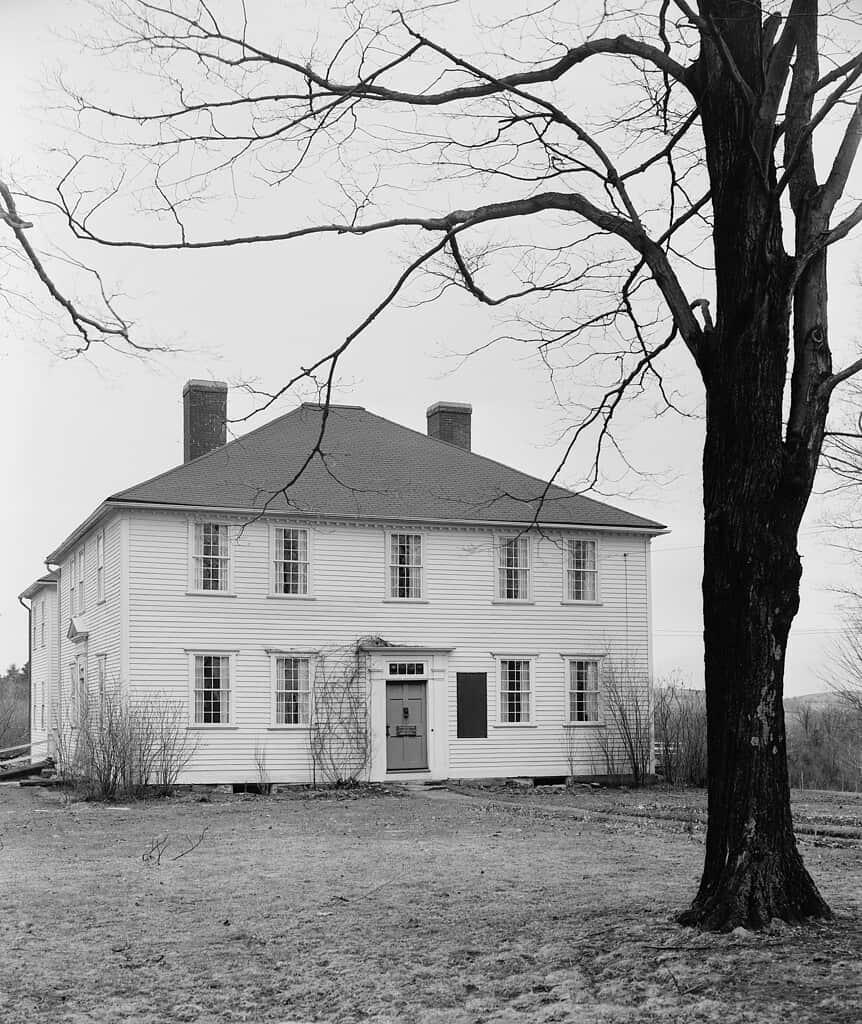
The General Rufus Putnam House, seen here circa 1934, is in Rutland, Massachusetts.
©Arthur C. Haskell, Photographer / Public domain – License
The Oldest Structure in Ohio
While the Rufus Putnam House is the oldest house in the state, the oldest structure overall in Ohio may predate it by more than 110 years. The Old Stone Fort in Coshocton County is not only believed to be the oldest building in Ohio, but it may be the oldest structure in the entire Midwest. The building is shrouded in mystery, though. No one is positive about who built it or exactly when and why it was built.
The structure is thought to have been constructed around 1679, nearly 100 years before the American Revolution and 111 years before the Rufus Putnam House was completed. It was presumably built by the French explorer Pierre LeMoyne d’Iberville, though there are several other theories of its origin and purpose.
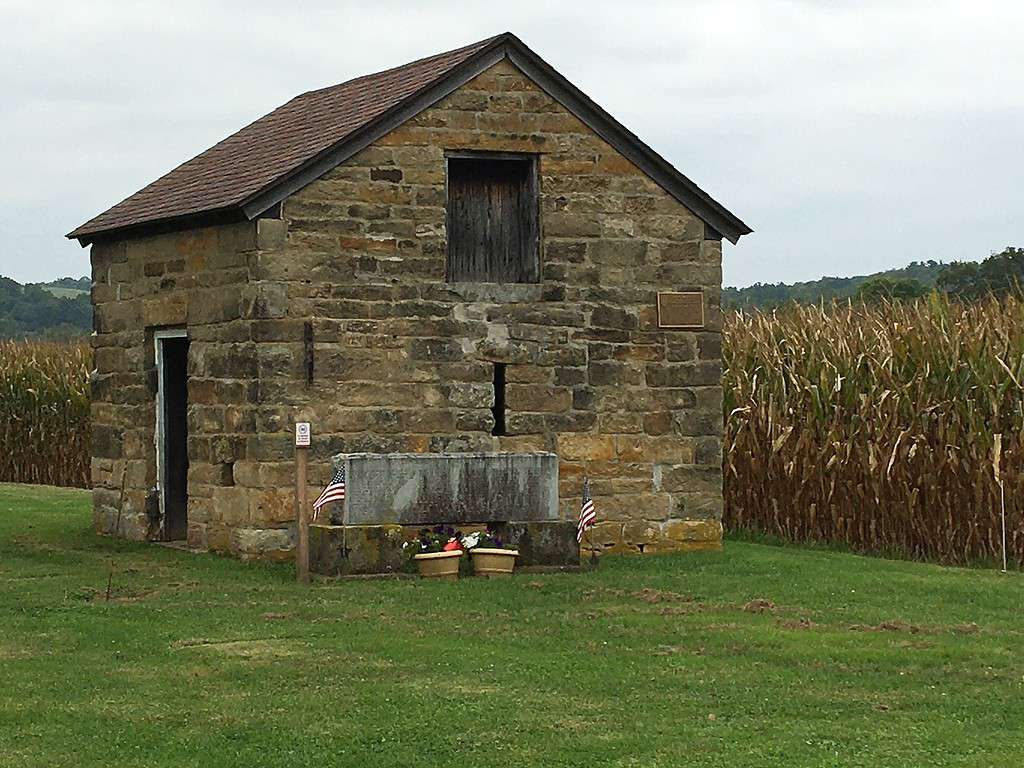
The Old Stone Fort is presumed to be the oldest structure in Ohio.
©Fionn0011 / CC BY-SA 4.0 – License
The Fort Wasn’t Actually a Fort
The Old Stone Fort, located near Newcomerstown, was not actually a fort as its name suggests. Rather, it was a blockhouse. Blockhouses were used by pioneers and settlers as emergency shelters during raids by Native Americans. This blockhouse measures 14 by 14 feet. The walls are 22 inches thick. There are firing slits cut into the walls so those who sought shelter inside could return fire against attackers.
Most pioneer blockhouses were made of rough-hewn logs. However, the Old Stone Fort is made of sandstone. That fact has led some researchers to conclude that it is much older than other blockhouses and was possibly built by d’Iberville in the seventeenth century. However, many other historians dispute this claim, noting that there is little evidence that d’Iberville was ever in Ohio.
Some postulate that it was built by an Irish fur trader named George Croghan or some other fur trader. The fur trade was so competitive that it often erupted into violence. It is possible that this blockhouse was built, not as a protection against Native Americans, but rather as a safehouse from rival fur traders.
The true origin and purposes of the Old Stone Fort may never be known, but it is generally accepted to be the oldest structure standing in the Buckeye State today.
The photo featured at the top of this post is © Snoopywv / CC BY-SA 4.0 – License / Original
Thank you for reading! Have some feedback for us? Contact the AZ Animals editorial team.






